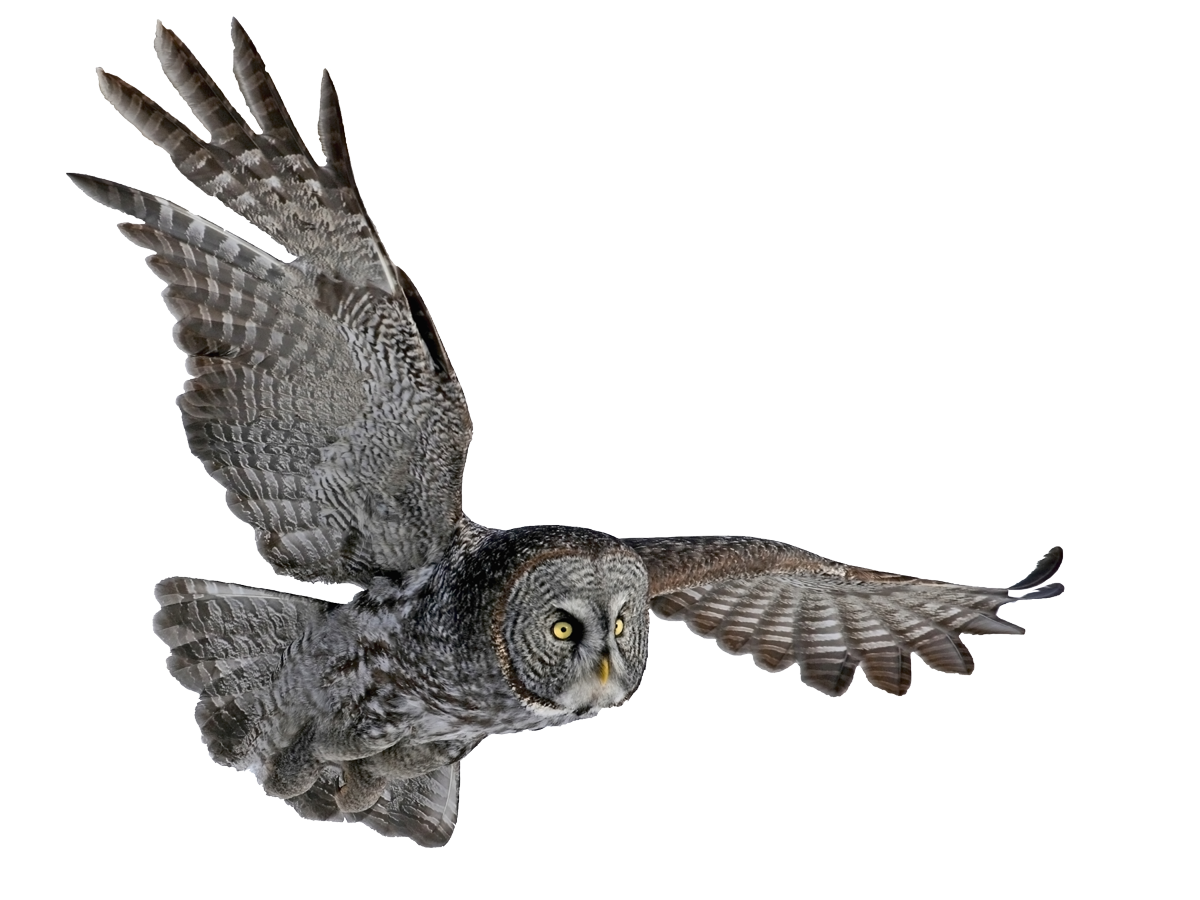Pest categories

House mouse
Common carpet beetle, fur beetle, museum beetle and larder beetle
Fleas
Clothes moth and case bearing clothes moth
Pharaoh ants
Black rat
Flies and houseflies
Gulls
Other pests of stored foodstuffs are beetles
Mediterranean Flour Moth, Indianmeal moth, cacao moth and Broad-barred knot-horn moth
Wood-damaging beetles
Meat flies
Domestic pigeon
Brown rat
Fruit flies (drosophila)
Ants
Cockroaches
Wasps
Bed bugs
Raven birds
Sparrows
Contact us
Raven birds
The most common species found in towns and villages are jackdaws and rooks.
Crows and magpies are also found in close proximity to humans and sometimes fall into the category of controlled birds.
Crows and magpies are also found in close proximity to humans and sometimes fall into the category of controlled birds.
Why are they pests?
Their faeces pollute public places, cars, residential and commercial buildings.
Very noisy and aggressive birds.
Harmful to garden goods.
They kill the chicks of other birds breeding in gardens.
Spread parasites and pathogens.
Very noisy and aggressive birds.
Harmful to garden goods.
They kill the chicks of other birds breeding in gardens.
Spread parasites and pathogens.
Which areas are relevant?
- Public health
- Land management and maintenance sector
- Food industry
- Logistics sector
What do they harm and who do they harm?
- To humans and their pets by spreading pathogens and other pests
- Faeces pose a risk to human health and property
- The most serious damage is caused to agricultural products, especially seeds, nuts and cereal seedlings germinating in gardens
- In the suburbs, they dig and distribute uncovered waste or waste placed in plastic bags and pollute the urban environment
- Crows and rooks may feed on other birds’ juveniles, eggs, frogs, reptiles and small rodents.
- Rooks cause a lot of trouble for people living near their sitting sites (pollution, noise) ⎯ create an uncomfortable environment
Key attributes
The most common species found in towns and villages are jackdaws and rooks.
Crows and magpies are also found in close proximity to humans and sometimes fall into the category of controlled birds.
Crows and magpies are also found in close proximity to humans and sometimes fall into the category of controlled birds.
Rooks. Common and widespread birds. Observable throughout the year. Some birds migrate.
Most favourite places to settle: suburban forests, parks and fields. They avoid larger forests. The most suitable places for rooks are leaf litter trees near water bodies, open pine forests and parks.
They breed in large colonies. Nest in tall trees with twigs; the inside of the nest is lined with dry grass and rubbish. Have one generation of offspring per year.
Studies show that rooks are able to eat around 600 different types of food: insects, earthworms, and grain, especially germinating seeds. They are omnivorous birds.
Crows and rooks are well adapted to urban conditions ⎯ they can feed on roadkill animals, food waste and other litter.
Pillars, lanterns and roofs of buildings serve as perching places from which they look for food sources.
Adults rooks in flocks with younger birds. They take care of the chicks and protect the territory.
Most favourite places to settle: suburban forests, parks and fields. They avoid larger forests. The most suitable places for rooks are leaf litter trees near water bodies, open pine forests and parks.
They breed in large colonies. Nest in tall trees with twigs; the inside of the nest is lined with dry grass and rubbish. Have one generation of offspring per year.
Studies show that rooks are able to eat around 600 different types of food: insects, earthworms, and grain, especially germinating seeds. They are omnivorous birds.
Crows and rooks are well adapted to urban conditions ⎯ they can feed on roadkill animals, food waste and other litter.
Pillars, lanterns and roofs of buildings serve as perching places from which they look for food sources.
Adults rooks in flocks with younger birds. They take care of the chicks and protect the territory.
Jackdaw. Abundant and ubiquitous. They are found all year round. Often seen in flocks with bullfrogs and crows. Not scared.
They are found in settlements, old gardens and parks, and woodlands.
Breed in roosts, shelters, chimneys and nesting boxes. The nest is made of twigs and straw; the inside is lined with bristles, pieces of paper and feathers. One litter per year. The chicks stay in the nest for about 4 weeks.
They feed on a variety of animal and plant foods.
They are found in settlements, old gardens and parks, and woodlands.
Breed in roosts, shelters, chimneys and nesting boxes. The nest is made of twigs and straw; the inside is lined with bristles, pieces of paper and feathers. One litter per year. The chicks stay in the nest for about 4 weeks.
They feed on a variety of animal and plant foods.
PEST CONTROL involves the protection of human health, property and food resources from unwanted harmful organisms ⎯ pests.
Copyright


